How To Get Website On Google First Page
Article stats
-
Monthly traffic 422
-
Linking websites 128
-
Tweets 79
Data from Content Explorer
Shows how many different websites are linking to this piece of content. As a general rule, the more websites link to you, the higher you rank in Google.
Shows estimated monthly search traffic to this article according to Ahrefs data. The actual search traffic (as reported in Google Analytics) is usually 3-5 times bigger.
The number of times this article was shared on Twitter.
The best place to hide a dead body is on the second page of Google. You've probably heard that before. It's a common joke amongst SEOs because only 0.78% of people click results on the second page of Google. Jokes aside, here's the reality: If you rank on page two or beyond, you're practically invisible. In this guide, you'll learn how to solve that in 7 easy steps and why ranking on the front page might not be the answer to your SEO woes. are you a local business? If you see a "map pack" in the results when searching for your target keyword, read this guide instead. https://www.youtube.com/watch?v=FUYAe5ROeP0 These aren't requirements but to get the most out of this guide—and stand the best chance of ranking on the first page—your website should be: Not only are some of these direct Google ranking factors, but the process below will be more challenging to execute if your website isn't up to standard. Here is that process in a simple flowchart: Ready to go? Let's get started. Most of you have probably done this already but if you haven't, you need to choose a keyword that you want to rank for on the first page of Google. I've done this. Continue to step #2. Just as it'd be tough to start a successful variety store across the road from Walmart, it's hard to rank on the first page of Google when competition is fierce. So the next step is to understand the competitive landscape—starting with who you're up against. To do that, search for your keyword and look at the first page of results. If they're all from huge well-known brands and you're a startup that nobody's ever heard of, getting to the first page is going to be pretty tough—at least in the short-to-medium term. For example, look at the search results for "dresses." Every result is from a huge brand—Macy's, Nordstrom, Missguided, Boohoo, etc. This is a clear sign that those looking to buy a new dress want to do so from a well-known, established brand. Ranking a page from newdressbrand.com amongst these results any time soon would be a tall order for even the smartest SEO. If you're not sure who the big brands are in your industry, paste the keyword into Ahrefs' Keywords Explorer, scroll down to the SERP overview, and look at the Domain Rating (DR) column. This shows the strength of the top-ranking websites on a scale from 0–100. Crucially, not all big brands have high authority websites, but many do. For example, you can see that Missguided has the lowest DR of the bunch here at 70, but that's still super high. You can check how they compare with your website using our free website authority checker. Generally speaking, the lower this number is compared to the current first page results, the more difficult it'll be to rank. I see some similarly-sized brands on the first page. Even if there are only one or two, move on to step #3. I see only big brands on the first page. Ranking on the first page is likely to be difficult—but not impossible. If ranking for this keyword is vital for your business, then you should still go after it. Just be aware that you probably won't rank for it quickly, and that you may need to build lots more backlinks than the competition to rank. If your goal is to rank in the short-to-medium term, go back to step #1 and choose an easier keyword. In this case, that might be "plus size maxi dresses," which has more small-to-medium-sized sites ranking in the top 10. It's important to realize that Google ranks web pages, not websites. For example, we rank on the first page for "where to get backlinks" and "where to buy backlinks" with two different pages. Now, the page you want to rank on Google might be your homepage, but it doesn't have to be. It can be any page. Just make sure it aligns with search intent (i.e., is the type of content Google wants to rank for your target keyword). How do you check this? Compare it to what's already ranking on the first page. You'll have an easier time ranking if your page aligns with the three C's of search intent, which are: Let's break these down. This is the most common "type" of content in search results. It'll usually be one of these: You can get a sense of the dominant content type by looking at page titles and URLs. For example, we can see that all the pages ranking for "how to make pancakes" are blog posts… … whereas pages ranking for "buy MacBook Pro" are product pages: This is the dominant "format" amongst the top-ranking pages. It applies mainly to when you're trying to rank informational content. Common ones include: Looking at pancake recipes again, we can see that "how to" is the prevalent content format… … whereas for "blogging tips," it's list-style posts: This is the most common "angle" amongst the top-ranking pages. It's harder to quantify than type and format, but essentially, it's the dominant USP of the content on the first page. For example, almost all the pages that rank for "blogging tips" are aimed at newbie bloggers. As a result, you'd struggle to rank a list of tips for increasing blog earnings from $5k to $10k a month here because that's not what beginners want to see. My page aligns with search intent. Go to step #4. My page doesn't align with search intent. You have three options: Whatever you do, don't try to shoehorn an irrelevant page into the search results. You'll be fighting a losing battle. Having content that aligns with search intent isn't enough. It also needs to be deserving of a place on the first page, where Google aims to show the most relevant, useful results. How do you make sure your content fits the bill? By covering all the things searchers want to know and expect to see. For example, let's say that you want to rank for the term "best watch brands." It's clear from analyzing search intent that you should write a list-style blog post that focuses heavily on luxury brands. Perhaps you already have a post like this, but is it really up to scratch? Does it talk about all the watch brands and categories that searchers want to learn about? The easy way to answer that question is to compare your page to the current top-ranking results. For example, if you look at the top-ranking results for "best watch brands," you'll see that they all mention Rolex. So that's one of the brands you'll want to mention—if you haven't done so already. Now, that's an obvious example, but some other less obvious brands mentioned on the top-ranking pages include: By mentioning these, you not only give searchers what they want and expect to see but also potentially increase the relevance of your content in Google's eyes. IMPORTANT This isn't about "sprinkling in keywords." It's about increasing the depth, utility, and usefulness of your content. Don't throw these keywords and phrases into your content for the sake of it. Taking this idea a step further, you can also do a Content Gap analysis at the page-level. Just take a few top-ranking pages and paste them into Ahrefs' Content Gap tool. Sidenote. Make sure to choose the "URL" mode from the dropdown, and leave the bottom area blank. Hit "Show keywords," and you'll see the queries that one or more of those pages rank for. Again, don't view this as a list of keywords. Think of it as insight into what people want to see when they type this keyword into Google. In this case, we see things like: So you'll want to make sure you're talking about these things in your post, and it may even make sense to use some as subheadings. My content covers the topic in full. Go to step #5. My content doesn't cover the topic in full. Follow the guidance above to improve your content. If that isn't possible, or will take too long, go back to step #1 and choose an easier keyword. Backlinks are an important ranking factor. Not only has Google told us this, but pretty much every industry study has found a positive relationship between organic search traffic and backlinks. This includes our study of almost one billion pages. So the more high-quality backlinks you have, the higher your chances of ranking on the first page of Google. The question is, how do you know how many backlinks you need? Here's the truth: There's no way to figure out a definitive number because not all backlinks are created equal. But we can get a rough estimate. To do that, go to Ahrefs' Keywords Explorer, search for your target keyword, then look at the number in the sentence below the Keyword Difficulty score. This is a super rough estimate, so take it with a very large pinch of salt. To get a somewhat more accurate estimate, scroll down to the SERP overview and look at the range of referring domains to the current top-ranking pages. If we look at the results for "car insurance," we see that the pages in the top 10 have between 154 and 1,228 referring domains (backlinks from unique websites). If we do the same for "cheap car insurance," the range is 24–434. And for "very cheap car insurance no deposit," it's 2–52. Therefore, you'll probably need fewer backlinks to rank on the first page for "cheap car insurance" than "car insurance." And even fewer to rank for "very cheap car insurance no deposit." You can see how many backlinks your page already has using Ahrefs' free backlink checker. This should tell you roughly how much "catching up" you have to do. That said, keep two things in mind: I can get enough backlinks. Go to step #6. I can't get enough backlinks. If you think you'll struggle to build anywhere near even the lower end of this range, go back to step #1 and choose an easier keyword. This is the best approach in the short term, but you can always go after these more difficult keywords later when you have more link building experience. Backlinks help boost a page's "authority," and high-authority pages tend to rank higher than those with low authority. This is a fact built into the way Google's algorithm works. It's also something we studied. Sidenote. URL Rating (UR) is Ahrefs' page-level authority score. Like Domain Rating, it runs on a scale between 0–100. So, at this stage, you probably need to build more backlinks. Here's a video to get you started: https://www.youtube.com/watch?v=3sF-m5LKCf4&list=PLvJ_dXFSpd2tjUTuAHpHidz5e2hAedP_m But there's also one other way to boost a page's authority: add relevant internal links. The simplest way to do this is to search Google for This finds all the pages on your site which mention that exact word or phrase. These are often good internal linking opportunities. I've built enough backlinks and internal links. Go to step #7. I'm struggling to build enough backlinks and internal links. Unfortunately, it takes time to rank on the first page on Google. How much time? It's difficult to say. However, when we studied two million keywords, we found that around 95% of top 10 rankings were over a year old. Before you panic, that doesn't mean it'll always take a year or longer to rank. If you create the right content and invest in SEO, it's often possible to hit the first page much faster—at least for some keywords. I'm ranking on the first page! Rinse and repeat the process above for more keywords to get even more traffic. I'm still not ranking on the first page. Repeat step #6. Look at this graph: This shows the average clickthrough rate for the top Google search results. You can see that things drop off pretty quickly after the first few results. You can also see that around 70% of first-page clicks go to the top 3 results. Because of how extreme this disparity is, pages that rank in the bottom half of results only get a tiny percentage of the keyword's traffic. To show how drastic the difference is between rankings, here's the average traffic to each result on the first page for a keyword with 10,000 monthly searches: That's quite a difference. So while ranking on the first page of Google is a good starting point, you'll need to rank high to get a significant amount of traffic. Recommended reading:How to Rank Higher on Google (6 Easy Steps) PRO TIP While averages are useful, the distribution of clicks varies depending on the query. To see how things fare for your target keyword, paste it into Ahrefs' Keywords Explorer, then go to the "Traffic share by pages" report. This shows the estimated distribution of clicks to the top-ranking pages. If we look at an example like "best protein powder," the distribution is pretty much in line with the average. Whereas for a keyword like "Google Analytics," we see that the top result gets the overwhelming majority of clicks: This happens because "Google Analytics" is a branded navigational search. In other words, searchers are looking for a specific page. Ranking on the first page of Google isn't an exact science. Nobody knows precisely how Google's algorithm works, so there's no formula for guaranteed rankings. (Don't let anyone tell you otherwise—not even us!) That said, the process above is mainly based on correlations we've seen in our numerous large-scale studies. And studies and experience are all we have to inform our SEO strategy outside of blindly following Google's vague and often contradictory best practices. Got questions? Leave a comment or ping me on Twitter.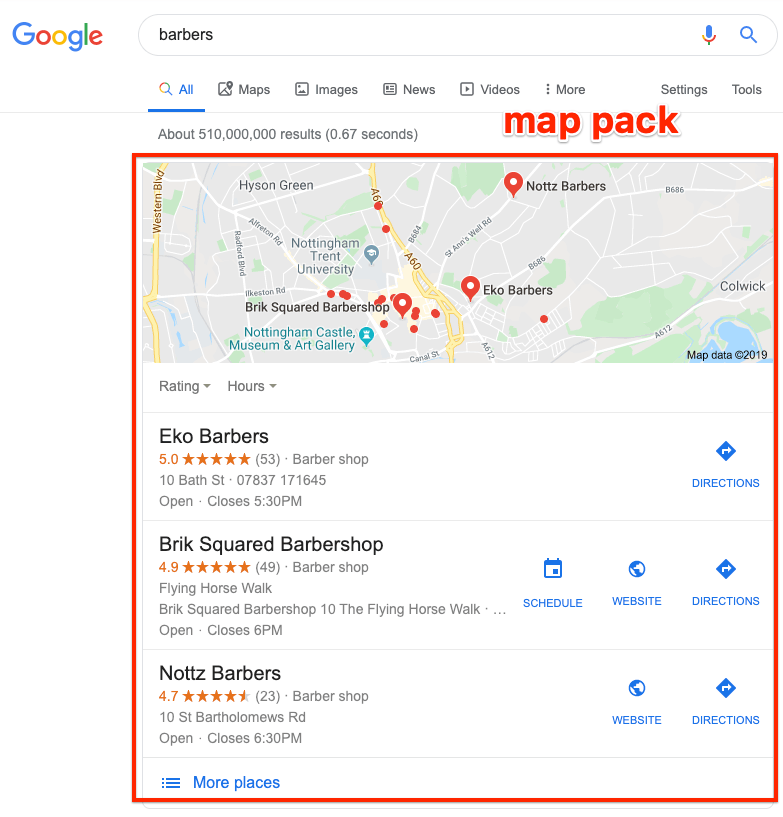
Before we get started…

Step #1. Choose a keyword
Step #2. Check the competition
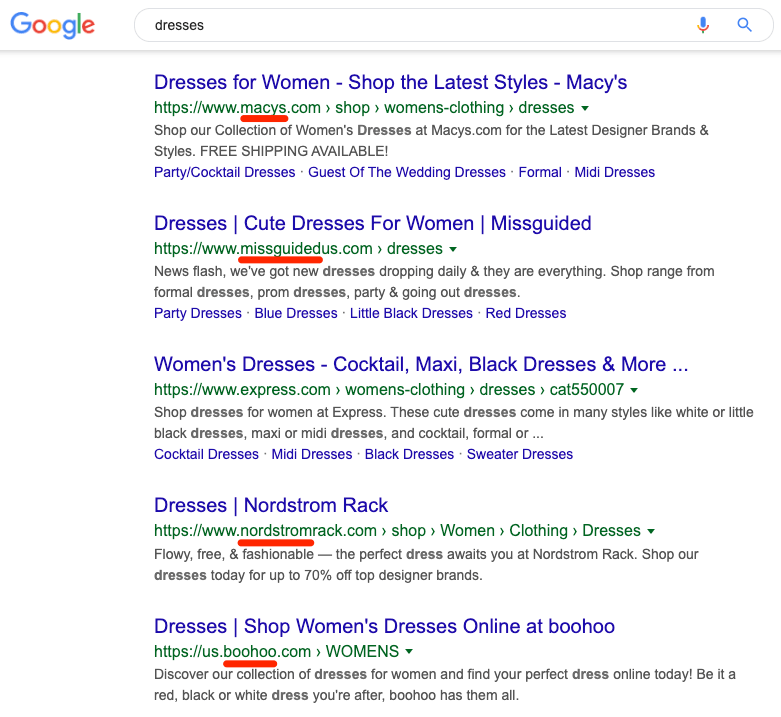
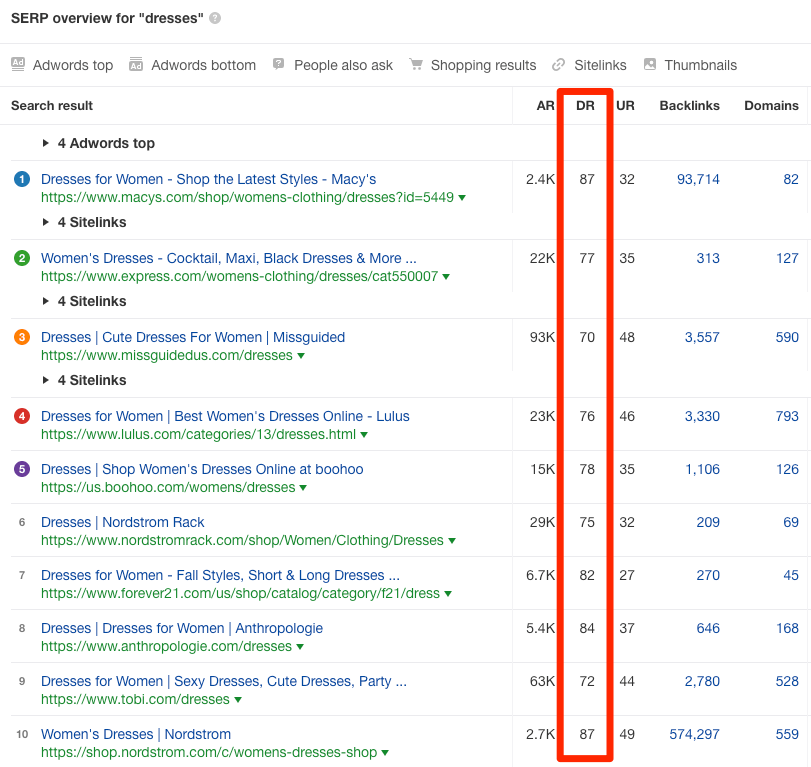
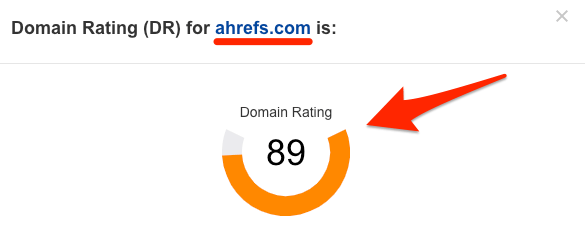
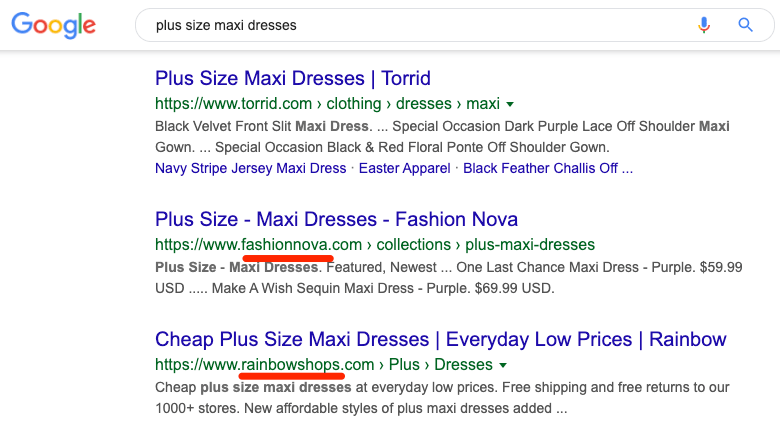
Step #3. Choose or create a page (that aligns with search intent)

Content-type
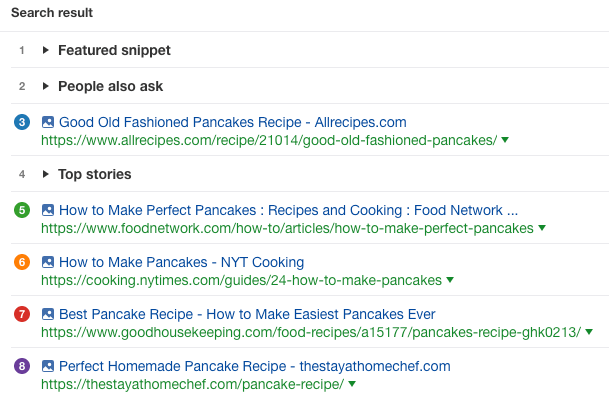
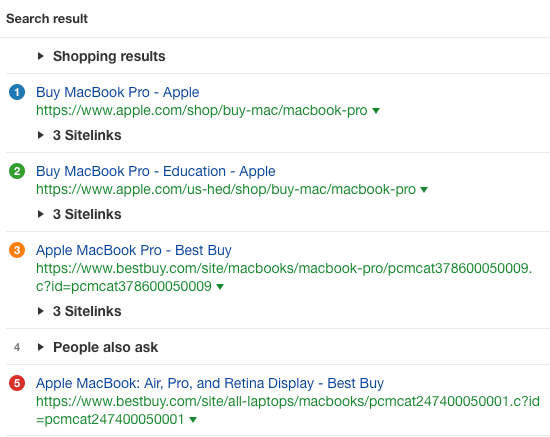
Content format
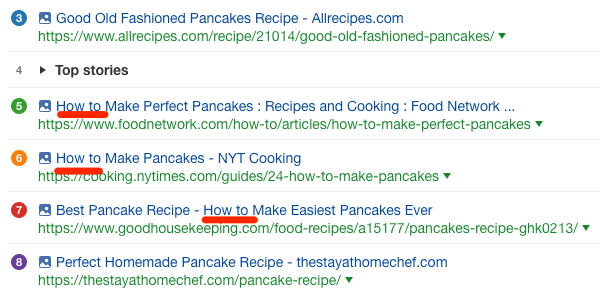
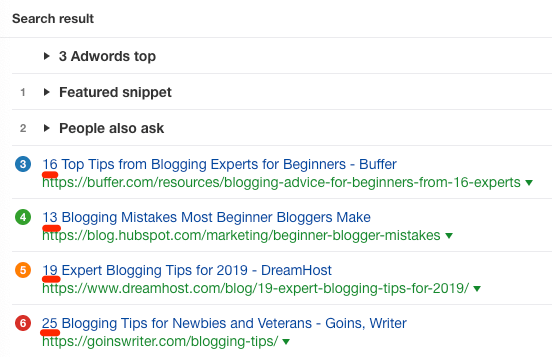
Content angle
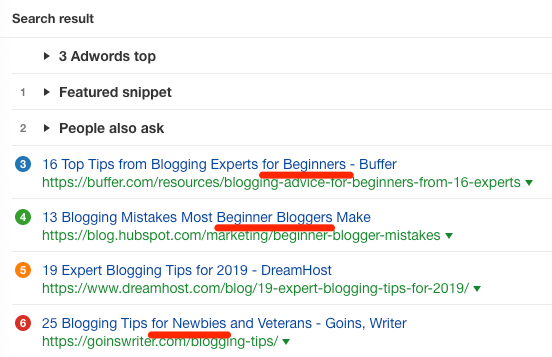
Step #4. Make sure your content covers the topic in full
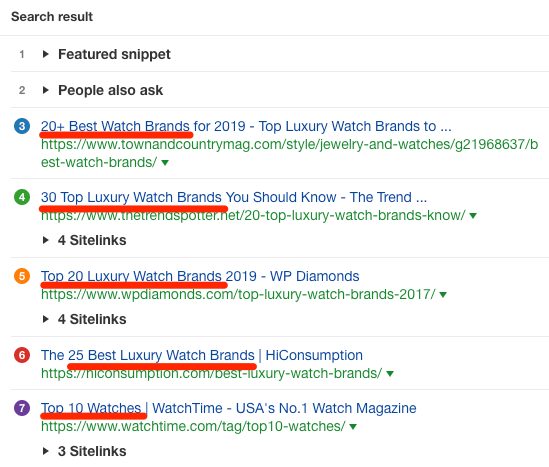
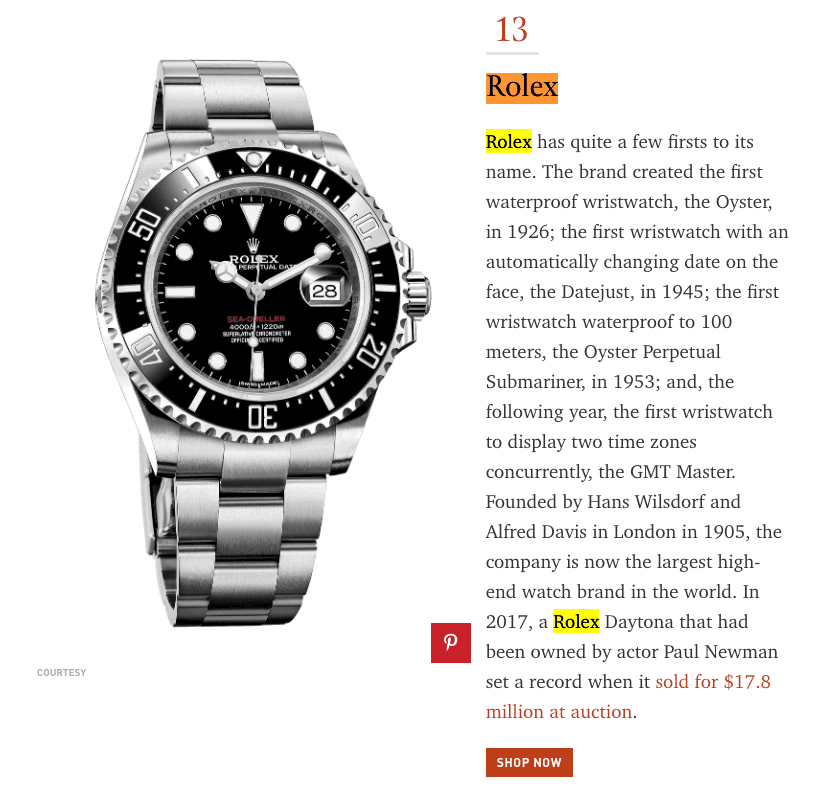
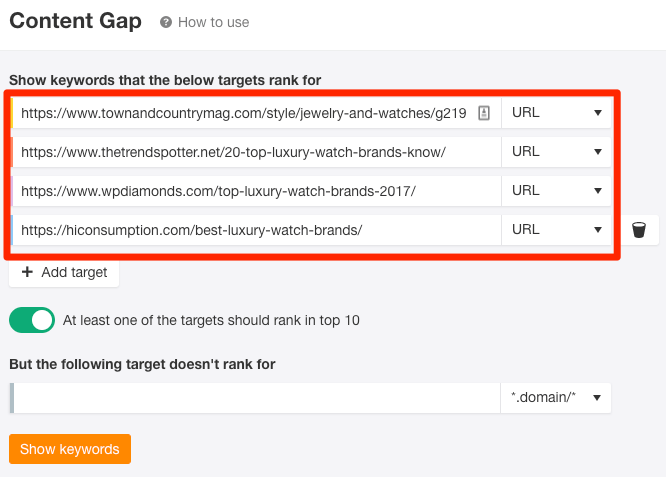

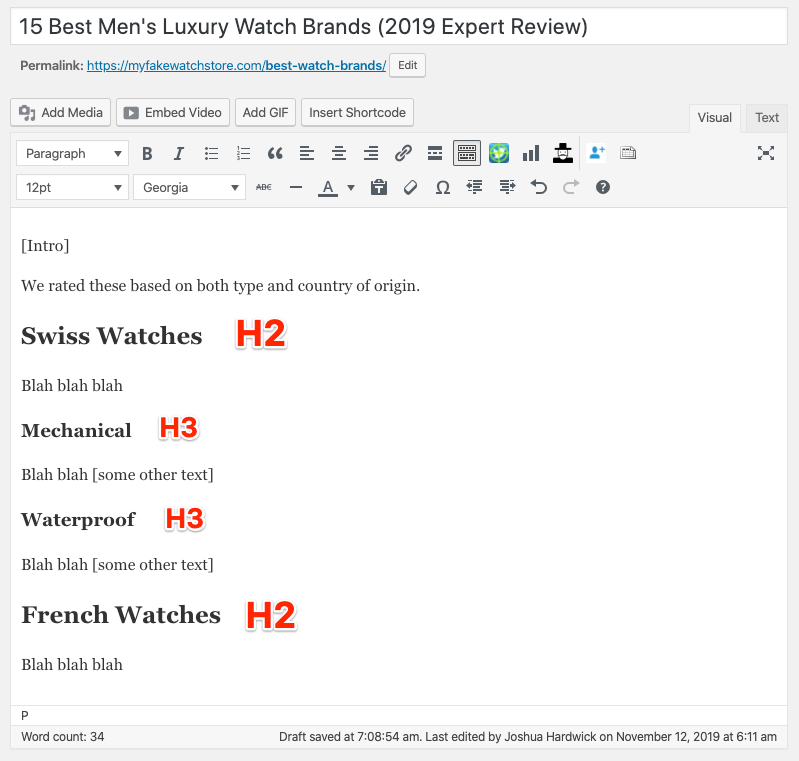
Step #5. Estimate how many backlinks you need
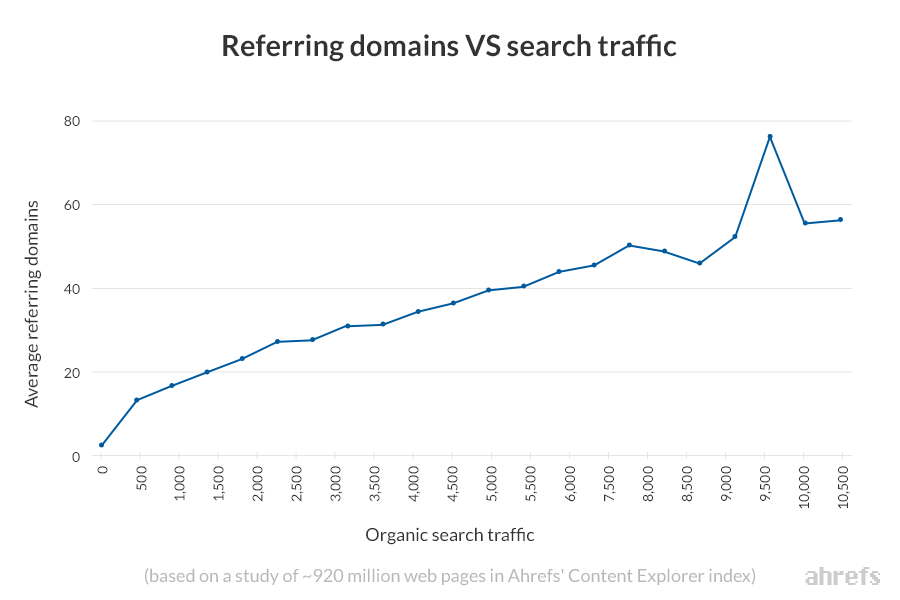
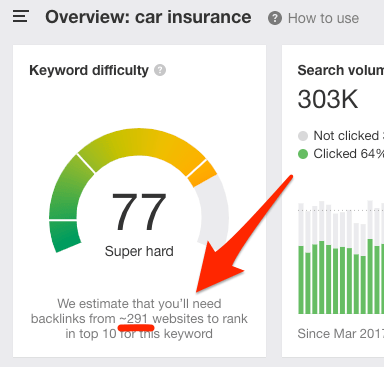

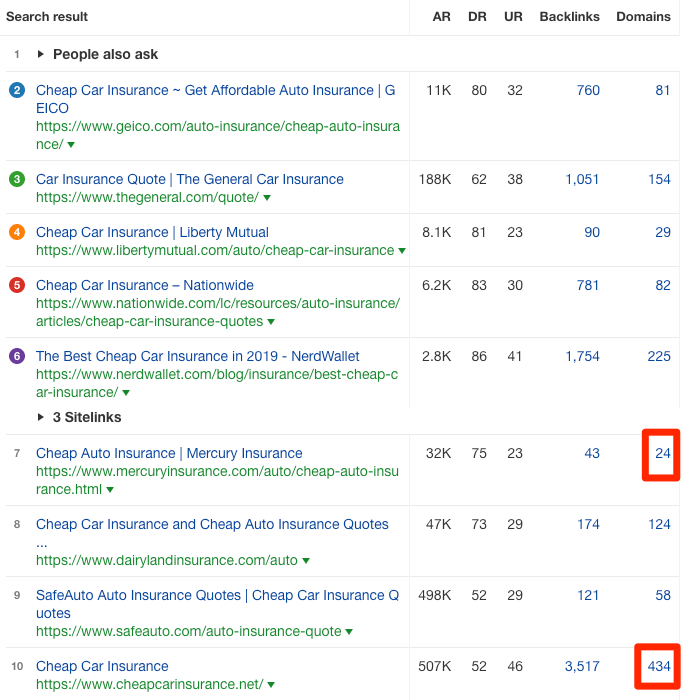
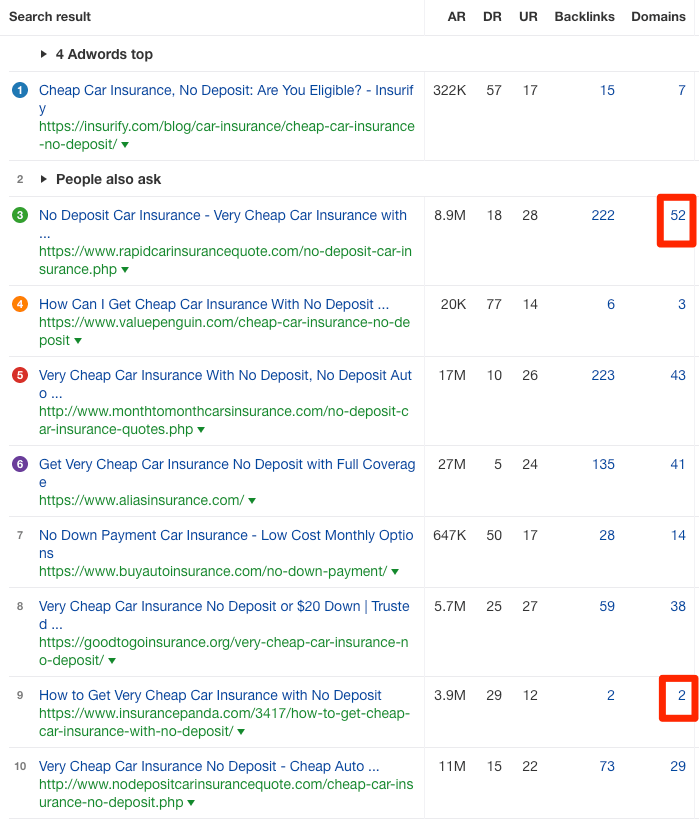
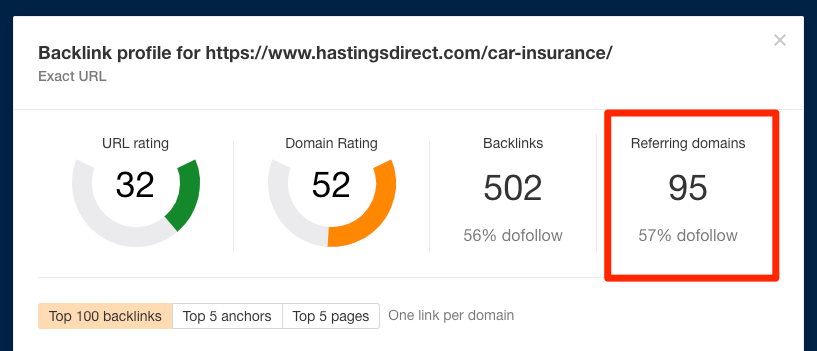
Step #6. Build more backlinks and add internal links

site:yourwebsite.com "[target keyword]" 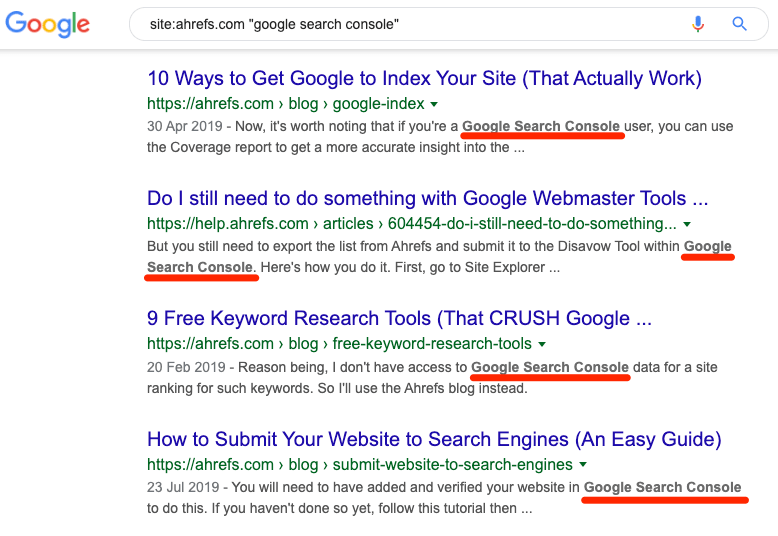
Step #7. Be patient
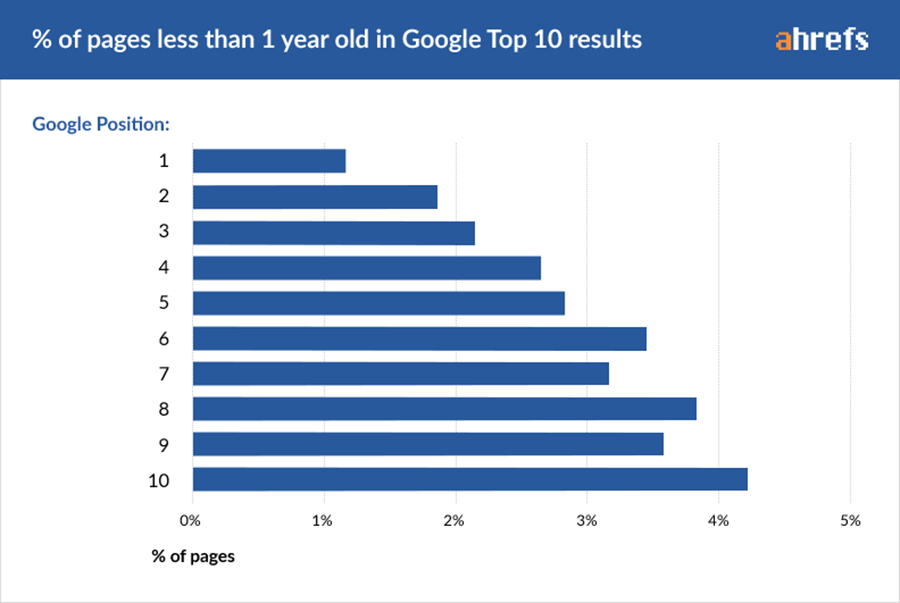
Why ranking on the first page of Google isn't the answer
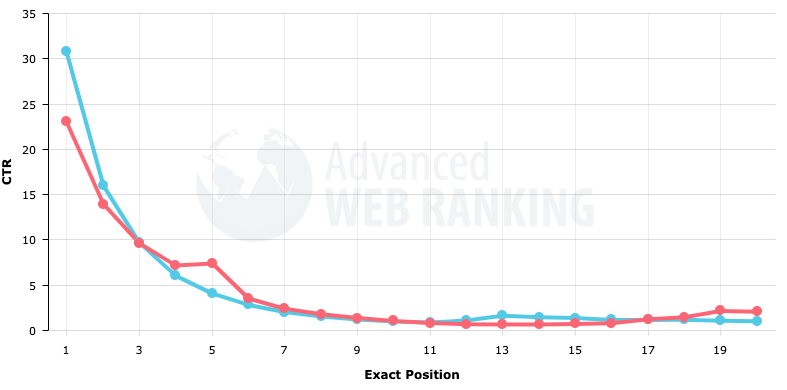
Position Traffic 1 3,121 2 1,388 3 982 4 610 5 751 6 287 7 209 8 162 9 132 10 109 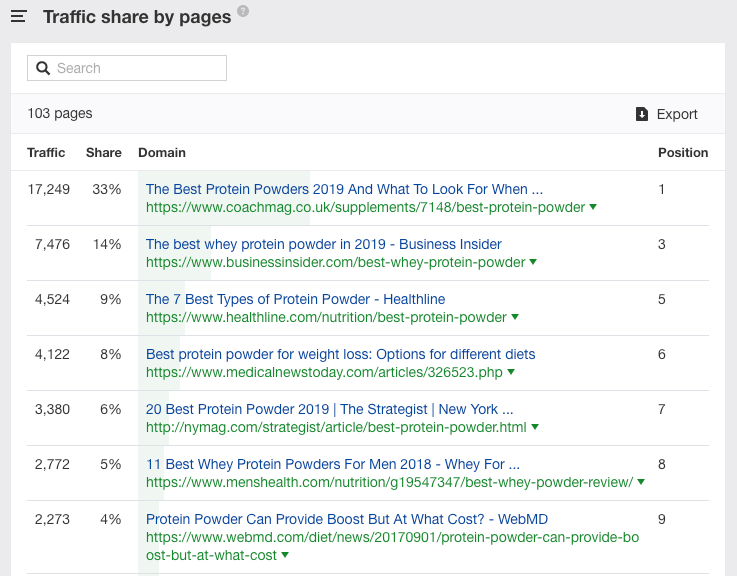
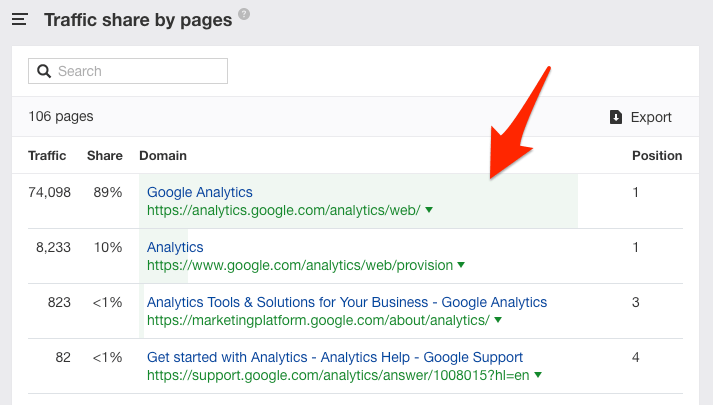
Final thoughts
How To Get Website On Google First Page
Source: https://ahrefs.com/blog/how-to-get-on-the-first-page-of-google/
Posted by: eaglewelinigh.blogspot.com

0 Response to "How To Get Website On Google First Page"
Post a Comment